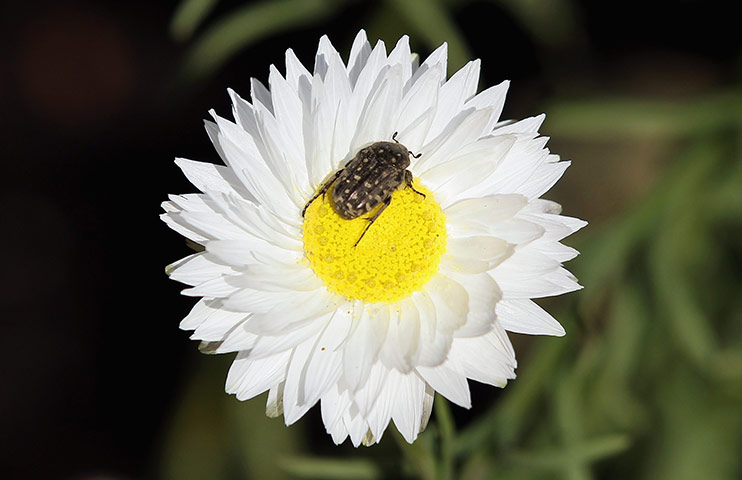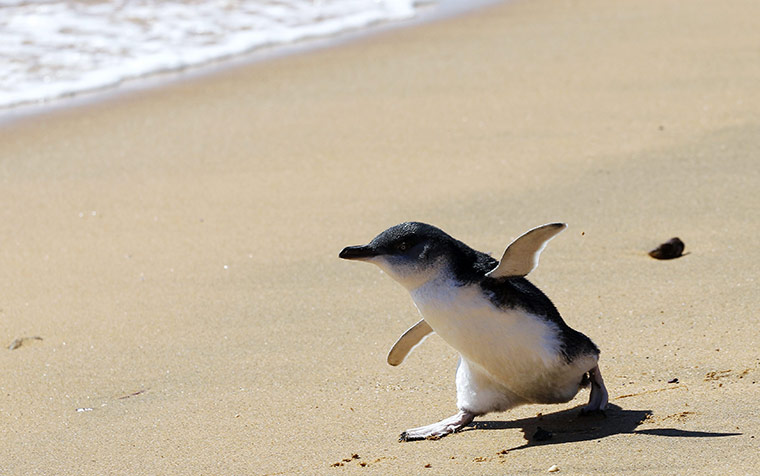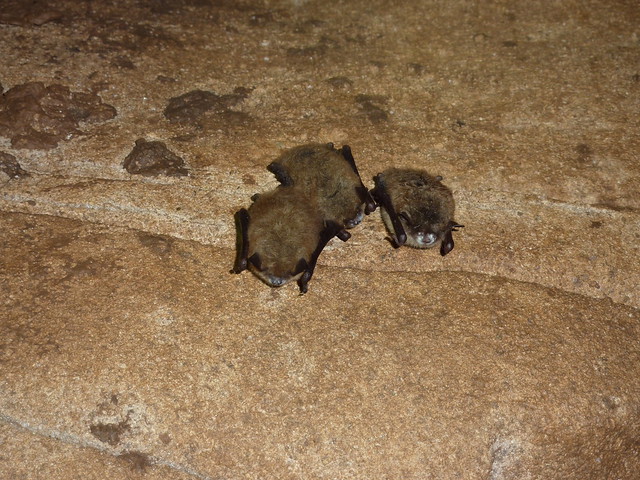TOP STORIES
Shark deaths in Redwood City spur search for cause
 At least a dozen leopard sharks have been found dead or dying within the past several days in bayfront lagoons in Redwood City, putting local researchers on alert for some kind of infection or toxic discharge in San Francisco Bay.
At least a dozen leopard sharks have been found dead or dying within the past several days in bayfront lagoons in Redwood City, putting local researchers on alert for some kind of infection or toxic discharge in San Francisco Bay.
The deaths, including both juvenile and adult sharks, appear isolated and far less serious than previous die-offs in 2006 and 2007, which left shark carcasses strewn all over the bay, officials said. Shark experts fear there may be more of the strikingly patterned creatures floundering in Bay Area waterways and succumbing to pollution and disease.
San Francisco Chronicle - www.sfgate.com (source: Promed Mail)
22 April 2011
K Zito
Location: Redwood City, California, USA - Map It  ]
]
Photo courtesy of San Francisco Chronicle
Other California Morbidity/Mortality News
Swabs taken from newts and toads in Wiltshire surveySwabs are being taken from the thighs of newts and toads in Wiltshire to determine whether they are carrying a fungal infection.
... Wiltshire Wildlife Trust says the survey will determine whether it is affecting creatures in the county. ... Swabbing took place at Abbey Meads Primary school in Swindon on Thursday and is due to take place at Smallbrook Meadow Nature Reserve near Warminster next month.
The survey is run by the Zoological Society of London and funded by Natural England, Countryside Council for Wales and Scottish Natural Heritage.
BBC News - www.bbc.co.uk
23 Apr 2011
Location: Wiltshire, South West England
CWD travelling Red Deer River corridorThe problem of Chronic Wasting Disease (CWD) in deer in Alberta is getting closer to home. This season there were 19 deer identified among more than 5,000 hunter–killed deer tested in Alberta. Four of these were discovered along the Red Deer River near Dinosaur Provincial Park. They are the furthest west cases discovered yet.
Alberta Fish and Wildlife officer Byron Jensen said these discoveries are close to the southern border of Wildlife Management Unit (WMU) 160, which comes up to Drumheller.
...In 2005, the first case of CWD in wild mule deer was discovered near Acadia Valley. The province stepped up its surveillance, and through culls and hunter cooperation, began testing killed animals along the Alberta-Saskatchewan border. Hunters in the area were required to submit the heads of their prey to be tested and coordinates as to where it was killed. Jensen said it has been established that the Red Deer River is a movement corridor for deer and the disease.
The Drumheller Mail - www.drumhellermail.com
23 Apr 2011
P Kolafa
Location: Drumheller, Alberta, Canada
Other CWD News
Pigeons helpful in detecting dangerous lead levels in environment
Love them or hate them, the city's pigeons deserve some respect.
So says a leading Manhattan avian veterinarian who is testing hundreds of the feral birds in an effort to prove that lead contamination exists within the city's environment.
...While the pigeons can't transmit the lead, she said the birds can act as surveyors of contamination, offering scientists an excellent way to track lead in the urban environment.
... Their goal is to test at least 300 feral pigeons on the streets of Manhattan. Similar studies in Japan and the Netherlands have shown pigeons are excellent surveyors of contamination sources.
NY Daily News - www.nydailynews.com
23 Apr 2011
A Sacks
Location: Manhattan, New York, USA
Photo courtesy of NY Daily News
White nose syndrome continues devastating march west
DeeAnn Reeder, a biologist at Bucknell University and leading white nose syndrome researcher, ran experiments trying to determine exactly why bats are dying, and looking into possible preventive measures.
She and colleagues ran an experiment in a mine shaft near Allentown to see if anything could prevent the growth of the fungus. They built mesh cages and put bottles of different compounds underneath, with the idea that the evaporating liquids might protect the bats in the cages above.
Instead, the cages made the bats a target for a different threat: raccoons.
... Reeder, Turner and others from around the country will meet in Arkansas next month to share research from experiments conducted during this winter's hibernation.
News Works - www.newsworks.org
25 Apr 2011
C Beeler
Location: Pennsylvania, USA
More WNS News
OTHER WILDLIFE RELATED HEALTH NEWSInterdisciplinary EffortsHuh? That's InterestingIt Ain't All Bad
 From the Latest USGS National Wildlife Health Center Quarterly Wildlife Mortality Report - October 2010 to December 2010
From the Latest USGS National Wildlife Health Center Quarterly Wildlife Mortality Report - October 2010 to December 2010
























